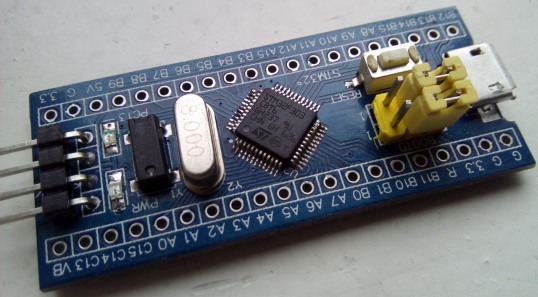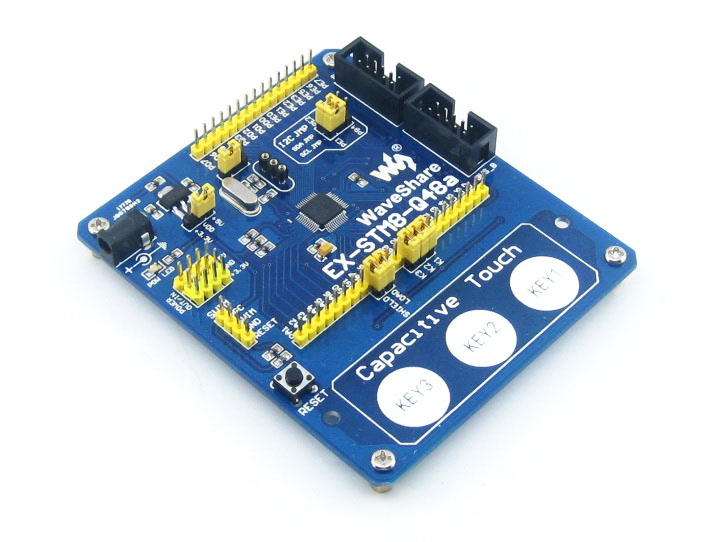
These pins allow you to customize the address of the device within the I2C bus.

It is available in various 8-pin packages The device’s cascading feature allows up to eight devices to share a common 2-wire bus.

This serial EEPROM is organized as 32,768 words of 8 bits each. Now we will see how to write or read data on an I2C EEPROM like 24C256C. Serial – UN I/O: 11 (for example 11LC040-I/SN).Serial - Microwire: 93 (for example 93C56C-E/SN).Parallel: 28 (for example 28C512) much used in the past but now too large due to having many dedicated pins for parallel transmission.The first two digits of the code identify the serial bus used:

We can choose many types of memories depending on the type of interface and their capacity.ĮEPROMs are generally classified and identified based on the type of serial bus they use. Using external memories that allow you to add storage capacity for all those applications that require data recording. EEPROMs ( Electrically Erasable Programmable Read- Only Memories) allow the non-volatile storage of application data or the storage of small amounts of data in the event of a power failure.


 0 kommentar(er)
0 kommentar(er)
